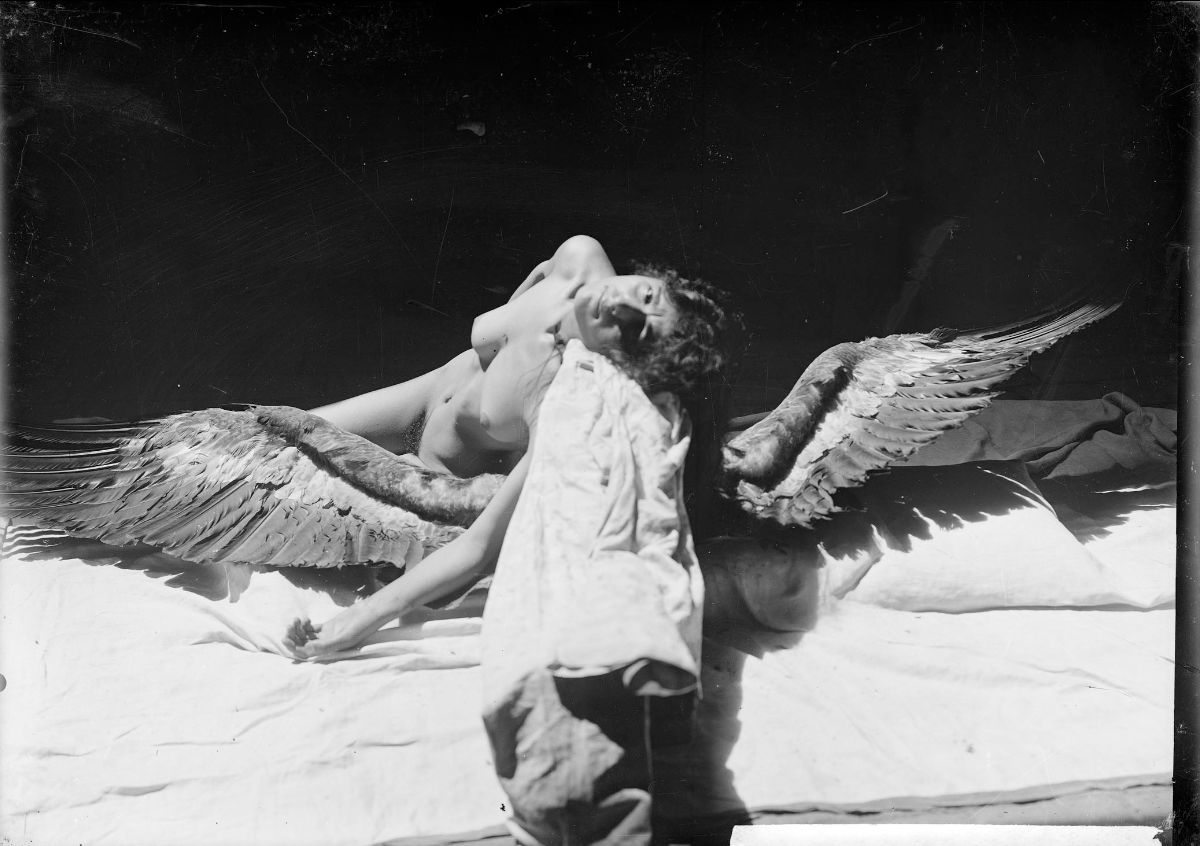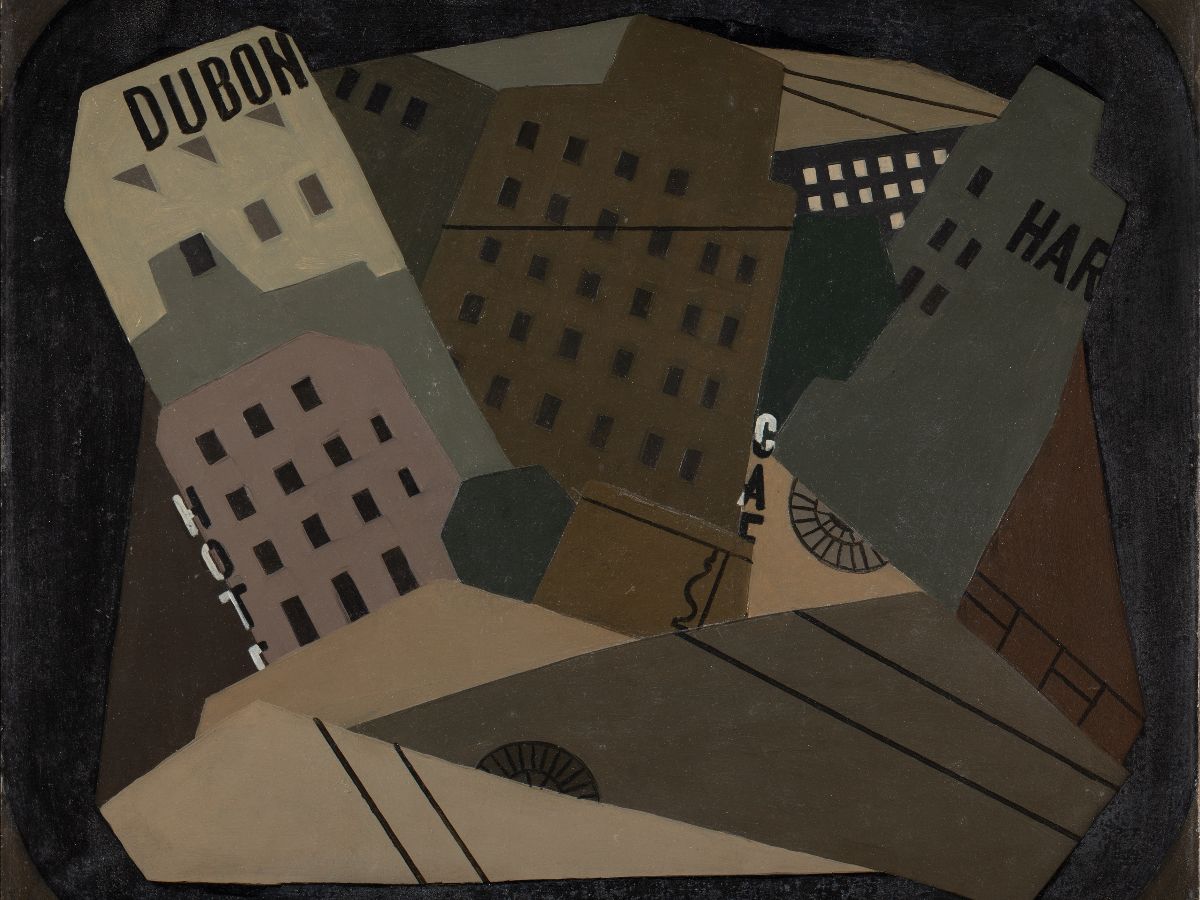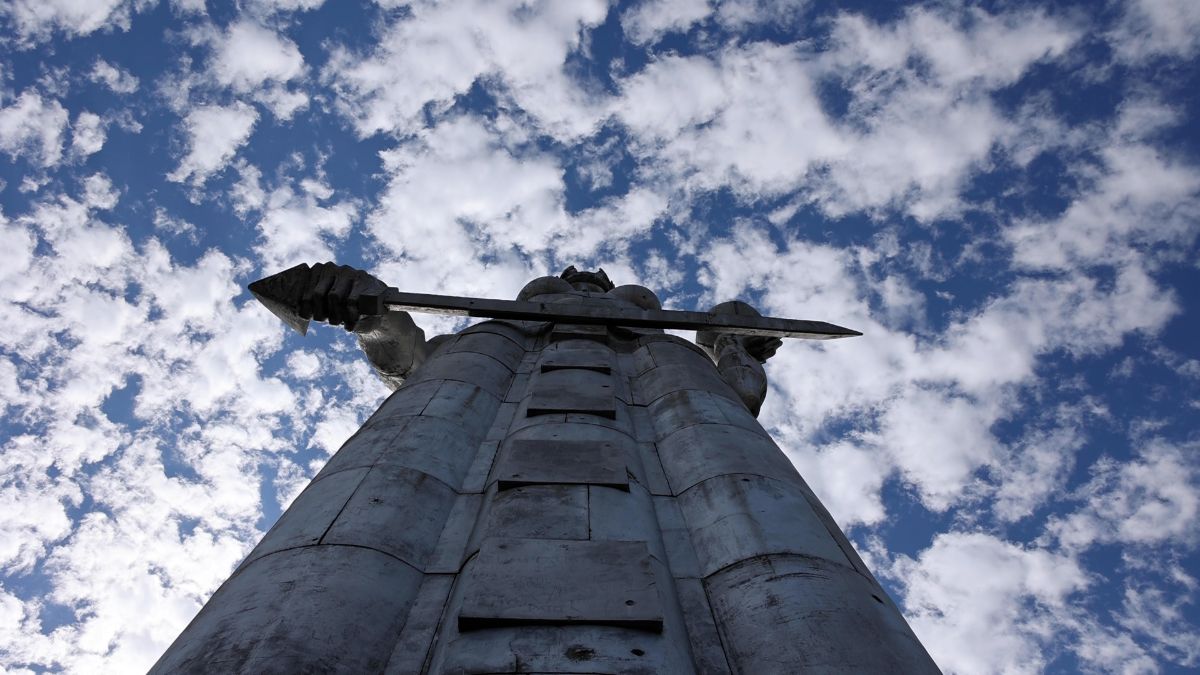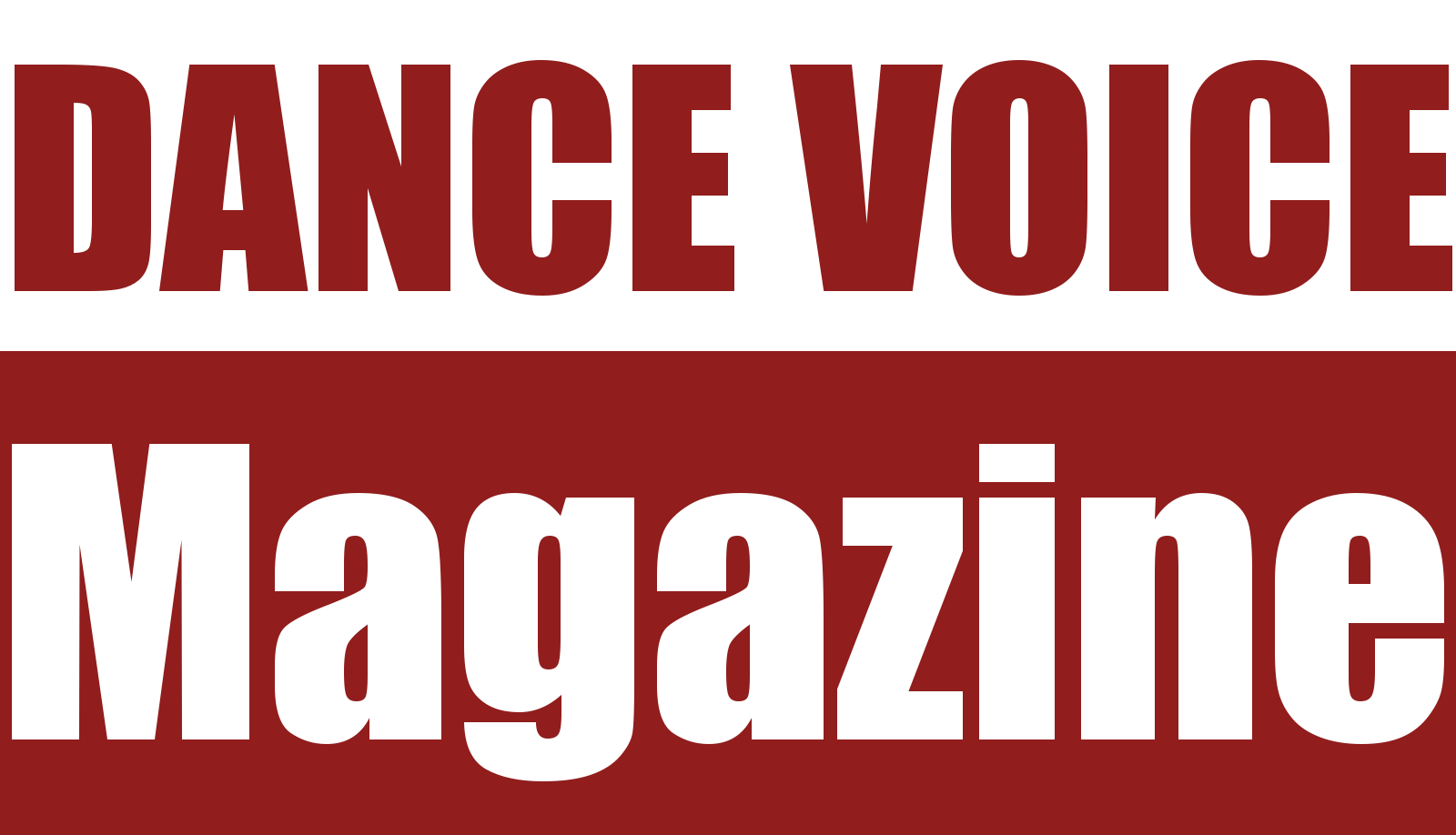The Avant-Garde in Georgia (1900 – 1936)
An exhibition by europalia
at Centre for Fine Arts (Bozar), Brussels, Belgium
5 October 2023 – 14 January 2024
Curators: Nana Kipiani, Irine Jorjadze and Tea Tabatadze,
in collaboration with the europalia team.
The exhibition The Avant-garde in Georgia (1900-1936) opens the europalia georgia festival with a presentation of a largely forgotten chapter in the history of European avant-garde art. For the first time in Europe, the Georgian avant-garde is presented and contextualised through more than 150 works, including drawings, paintings, photographs, artists’ publications, theatre and cinema décors, coming mainly from the Georgian Museum of Fine Arts, the Art Palace of Georgia, the David Kakabadze Foundation and private collections. The exhibition is accompanied by an exceptional publication containing scientific articles and numerous illustrations. The exhibition is held under the patronage of Their Majesties the King and Queen and was opened on 4 October in the presence of Hadja Lahbib, Minister for Foreign Affairs, European Affairs and the Federal Cultural Institutions.
In the global turbulence that followed the fall of the Russian Empire and the October Revolution, Georgia declared independence in 1918. This enchanted interlude lasted only a short time before the Soviet invasion of 1921. Nevertheless, it allowed an abundance of inspiring avant-garde creations to unfold. It was notably among the many taverns and cafés in Kutaïssi and in the capital, Tbilisi, that artists met, gathered and organised multidisciplinary events that gave shape to new artistic practices that redefined the general viewpoint on life. The numerous collaborations took many forms and mixed Georgian traditions with Western and Eastern influences. They interacted in paintings, drawings, writing, films, photographs, performances, typographical experimentations, publishing books and theatre pieces. Movements as diverse as (Neo-)Symbolism, Futurism, Dadaism, Zaum, Everythingism, Expressionism, Cubo-Futurism all coexisted in an unprecedented creative effervescence.

Gigo Gabashvili, A Woman with Wings, 1910 © Sh. Amiranashvili State Museum of Fine Arts / Georgian National Museum, Tbilisi
From the beginning of the twentieth century, the circulation of people and ideas intensified with an increasingly cosmopolitan Georgian society. Symbolism found literary expression in Grigol Robakidze‘s works and in the Blue Horns group. Works by painters Gigo Gabashvili and Alexander von Salzmann fed the first avant-garde research.
The influence of and exchanges with other international centres of creativity were numerous, particularly with St. Petersburg, Paris and Munich, where several Georgian artists travelled starting in the early 1910s. This was the case for Shalva Kikodze and brothers Kirile and Ilia Zdanevich, the latter of whom disseminated Futurist theories that led to the formation of the 41° group. As the artistic laboratory of the Caucasus, Tbilisi was also a place of refuge for Russian artists fleeing the civil war such as Sergey Sudeikin, Igor Terentiev and Aleksei Kruchenykh. Influenced by Mikhail Le Dantu, the Zdanevich brothers discovered and promoted the work of the self-taught painter Niko Pirosmani, who was soon to become an example for many avant-garde artists.
By the end of the 1910s, Georgian artists were also present in Paris, another major centre of avant-garde movements. David Kakabadze, Ilia and Kirile Zdanevich, Lado Gudiashvili and Elene Akhvlediani rubbed shoulders with international artists of the time and discovered Western avant-garde circles.

Irakli Gamrekeli, Set design for Alfred Hasenclever’s play “A better master” © Art Palace of Georgia – Museum of Cultural History, Tbilisi
In 1921, the enchanted interlude ended in Georgia with the Soviet invasion followed by annexation to the USSR in 1922. The Soviet authorities put pressure on artists and imposed the aesthetic principles of socialist realism. To circumvent these injunctions, avant-garde artists such as Irakli Gamrekeli, Petre Otskheli, Elene Akhvlediani, Kirile Zdanevich and David Kakabadze continued their practice by creating scenographies, costumes and décors for theatre and cinema, areas in which avant-garde ideas could still develop for a while. Cinema production was prolific with films made by Nutsa Ghoghoberidze, Mikhail Kalatozishvili (Kalatozov) and Kote Mikaberidze among others.
At the same time, certain individual practices continued, but artists were increasingly forced to adapt to Soviet canons. Some, like David Kakabadze, tried to do so but without much success. The year 1936 marked the beginning of the great purges ordered by Stalin and the Soviet regime, sounding the death knell for creative freedom. Many artists were deported and executed while others emigrated, committed suicide, or adapted their work under political pressure. Numerous projects were aborted but the ideas of the avant-garde, although censured, endured across the generations and were resurrected by non-official artists in the 1970s.
The artist Ilia Zdanevich (also known as Iliazd) did not return to Georgia and continued his activities in Paris, organising artistic balls and collaborating with i.a. Sonia Delaunay and Coco Chanel for whom he designed fabrics. Through his publishing house, 41°, he also produced some of the most beautiful artists’ books of the twentieth century, for which he collaborated among others with Picasso, and Max Ernst.
A programme of performances and guided tours completes the exhibition, giving visitors an even deeper insight into the creative wealth of the Georgian avant-garde. With, among others: Meggy Rustamova Adeishvili, Koen Peeters, Régis Gayraud, Elene Abashidze, Bojan Djordjev and the Adilei choir.

David Nestorovich Kakabadze, Untitled, 1920 © Museo Nacional Thyssen-Bornemisza, Madrid
PRACTICAL INFORMATION
Dates
5 October 2023 — 14 January 2024
Location
Centre for Fine Arts (Bozar)
Rue Ravenstein 23 – 1000 Brussels
Opening hours
Tue – Sun, 10:00 – 18:00
Tickets
through bozar.be
Catalogue
The Avant-Garde in Georgia (1900 – 1936)
(published by Hannibal in collaboration with europalia, designed by Sara de Bondt)
On the occasion of europalia georgia, CINEMATEK is programming a series of Georgian avant-garde films from December 2023 until February 2024. More info on europalia.eu.

Filmstill from Deda Ena © Meggy Rustamova Adeishvili
Meggy Rustamova Adeishvili – Deda Ena
Centre for Fine Arts (Bozar), Brussels, Belgium
5 October 2023 — 14 January 2024
Meggy Rustamova Adeishvili presents the film installation Deda Ena, in which she explores the entangled relations between individual and collective memories and histories. Reflecting upon notions of displacement and belonging, the film takes as a starting point the forced deportations of ethnic minorities, including the Assyrians who had settled in Georgia after the Sayfo that were carried out during the Soviet regime. By dissecting the past, Rustamova Adeishvili questions current and potential future migrations. Guided by the Georgian language that Rustamova Adeishvili spoke as a child but has since forgotten, Deda Ena – which translates as “mother tongue” – brings a polyphonous narrative exploring how personal and shared trauma is transmitted and leaves its mark across generations.



